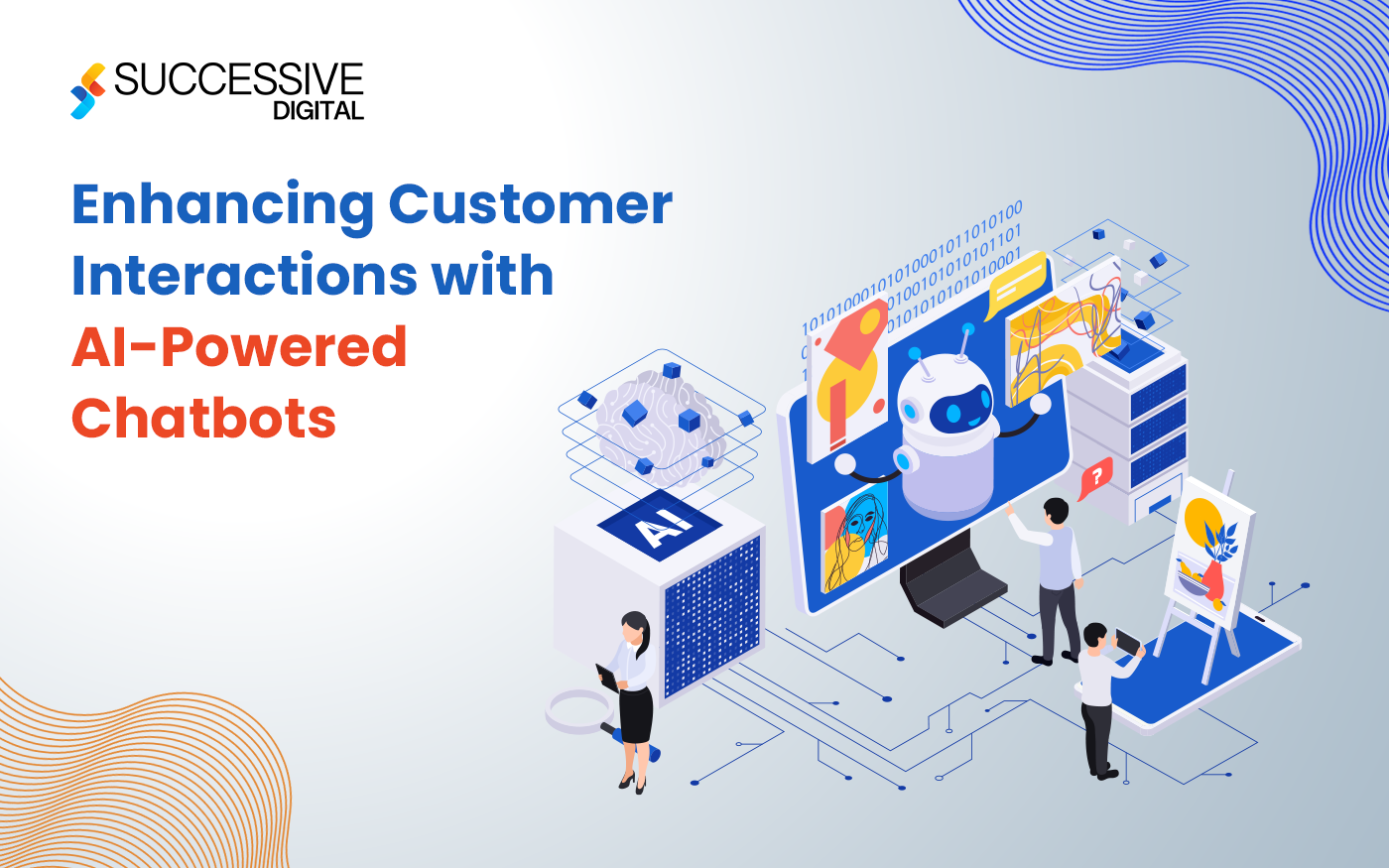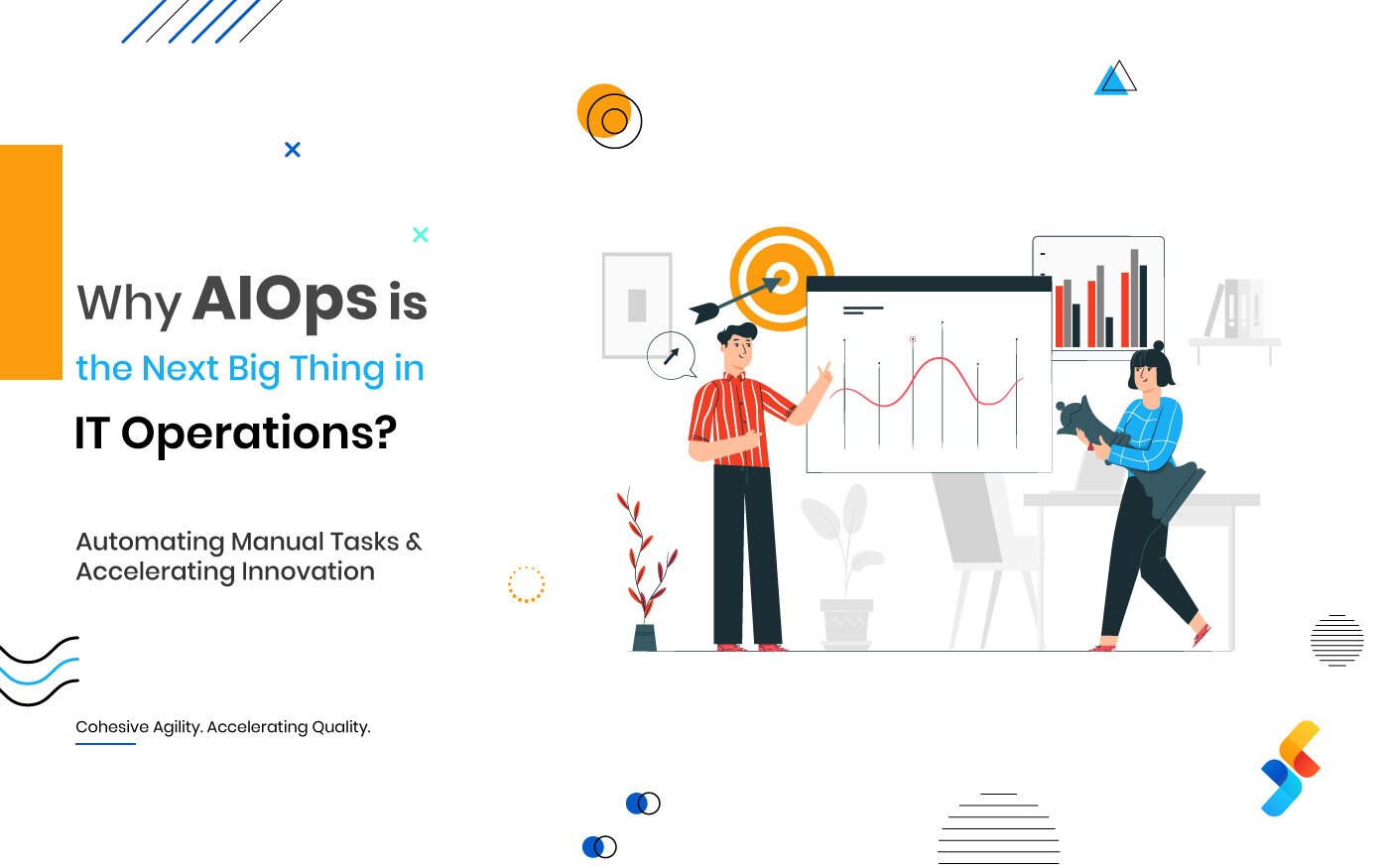- The increasing complexity of today’s business operations and technological advancements have led to the development of highly specialized enterprise applications. These applications have transitioned from being a luxury to a necessity for organizations.
- Advanced analytics and reporting modules within enterprise applications allow businesses to identify trends, patterns, and areas for improvement. By leveraging data-driven insights, companies can make proactive decisions that drive efficiency and competitiveness.
- Enterprise applications facilitate a seamless transition to the virtual world by providing cloud-based solutions that enable employees to access critical resources and collaborate regardless of their physical location.
- Role-based access controls, encryption, and regular security updates are integral features of modern enterprise applications. These measures prevent unauthorized access to sensitive information and mitigate the risk of data breaches.
Orchestrating Efficiency Through Collaboration
Enterprise applications’ unmatched capacity to orchestrate synergy across disparate departments enables streamlining of complex business processes. They automate repetitive tasks, eliminate bottlenecks, and reduce the likelihood of errors. This automation saves time and ensures consistency and accuracy in operations.
Large organizations with various teams within a department might use different software tools, leading to data silos and communication gaps. Enterprise applications address this challenge by providing a unified platform for centralized data and processes, enabling smooth information flow across the organization.
Automating and Optimizing Processes
Cloud-based enterprise solutions enable remote team collaboration that allows employees to gain access to resources and work together from any location. Enterprise applications are also central repositories for documents, data, and information related to projects. This centralization makes sure that all team members, irrespective of whether in the office or remotely, have access to the same up-to-date details. This also minimizes the disorientation and errors that can spring up from employing outdated versions of data records.
While remote collaboration offer flexibility, security still stands as a foremost priority. Business applications deploy comprehensive security protocols to guard delicate data and make sure the big picture of organizational facts is unchanged. Multi-factor authentication, encoding, and secure links make certain that only permitted users receive remote access. Data shielding ensures illicit access is prevented and potential transgressions barred, permitting organizations to keep a rein on their information even in a remote work context.

Data-Driven Decision Making
Enterprise applications are vital in collecting, retaining, and decoding data to give practical knowledge. With these advanced analytics and reporting capabilities, companies can evaluate trends and patterns in today’s digital business landscape, where data is an asset for conscious choices. The insight enables companies to make sound decisions based on accurate and updated information.
Enabling Remote Collaboration
Cloud-based enterprise solutions enable applications that enable employees to gain access to resources and work together from any location. Enterprise applications are also central repositories for documents, data, and information related to projects. This centralization makes sure that all team members, irrespective of whether in the office or remotely, have access to the same up-to-date details. This also does away with the disorientation and errors that can spring up from employing outdated versions of data records.
While remote collaboration offer flexibility, security still stands as a foremost priority. Business applications deploy comprehensive security protocols to guard delicate data and make sure the big picture of organizational facts is unchanged. Multi-factor authentication, encoding, and secure links make certain that only permitted users receive remote access. Data shielding ensures illicit access is prevented and potential transgressions barred, permitting organizations to keep a rein on their information even in a remote work context.
Evolving as Business Scale to Compete
With progressing technology, companies can take advantage of the near-endless opportunity to strengthen enterprise applications with new innovations. Artificial Intelligence (AI), Machine Learning, and the Internet of Things (IoT) enable app designs that are progressively perceptive and responsive. Predictive analytics can guide the optimization of supply chains, AI-driven chatbots can improve client service, and IoT hardware can and does strengthen up present-time regulation and surveillance of activities. These applications, be it through unifying procedures, exploiting the data, automating processes, or escalating partnerships, can help organizations with the means to accomplish their business goals among a competitive digital environment.
Technology Trends in the Enterprise Application Market
Cloud-based solutions offer flexibility, mobility, and worthiness, making them a vital business transformation option. Programmers are increasingly concentrating on designing programs that can be hosted on cloud frameworks, enabling outside access, programmed overhauls, and proficient asset allotment.
Microservices set-up involves splitting up applications into more modest, free modules that interconnect via APIs. This system improves ability, scalability, and maintenance. It allows coders to work on components without the complete application, making amendments and corrections more facile.
The rise of low-code and no-code platforms has democratized application development. These platforms enable individuals with limited coding experience to create functional applications using visual interfaces and pre-built components.
With the mass use of mobile gadgets, projects are progressively being designed with mobile customers as the main focal point. Mobile-first evolution stresses responsive architecture and user experience elaboration for smartphones and tablets.












